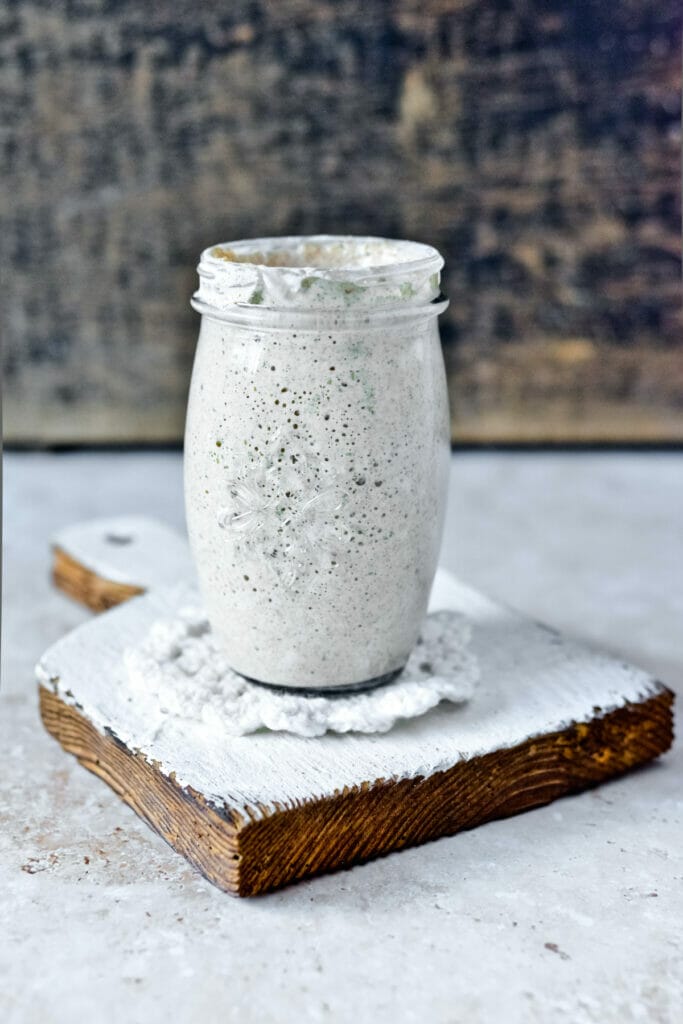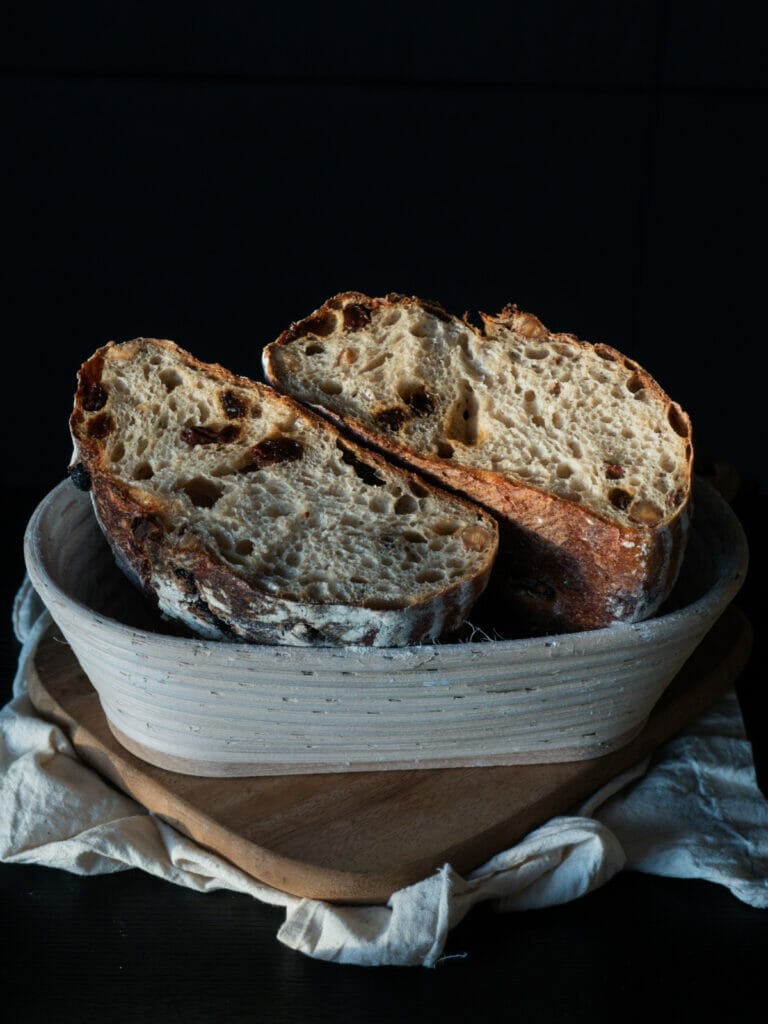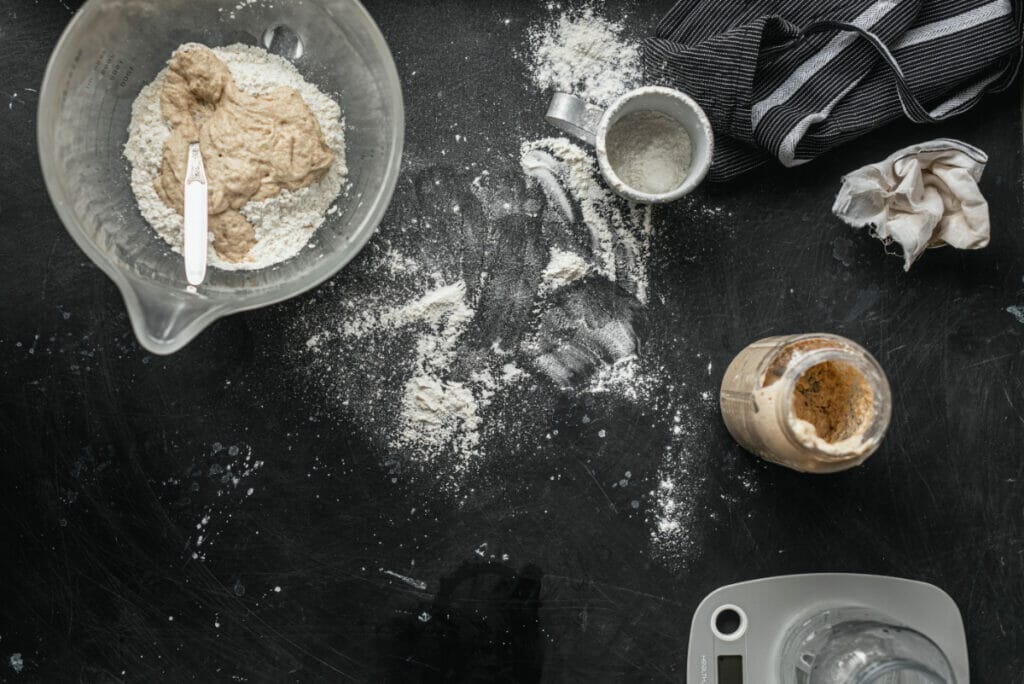As an Amazon Associate, I earn from qualifying purchases. In addition, I participate in several other affiliate programs that allow me to earn while I recommend products I love.
A lively and active sourdough starter is the heart of delicious homemade bread.
To ensure its vitality, it’s crucial to keep your sourdough starter warm.
In this guide, we’ll explore various techniques and tips on how to maintain the optimal temperature for a healthy and thriving sourdough starter.
With the right environment and methods, you’ll be on your way to achieving beautifully fermented and flavorful sourdough bread.
Understanding Sourdough Starter and Temperature

Before diving into the methods, it’s important to understand the relationship between temperature and sourdough fermentation.
A sourdough starter consists of a symbiotic culture of wild yeast and beneficial bacteria.
Temperature plays a significant role in their activity and the overall fermentation process.
For most starters, an ideal temperature range of 70-85°F (21-29°C) is recommended for optimum growth and flavor development.
Choosing the Right Environment

To provide a warm home for your sourdough starter, choose a location in your house with a consistently higher temperature.
Avoid areas prone to drafts or temperature fluctuations.
Consider placing your starter on top of the refrigerator or in a kitchen cabinet, as these areas often offer a slightly elevated temperature that promotes fermentation.
Utilizing the Oven with the Light On

One simple and effective method for maintaining a warm environment is by utilizing your oven with the light on.
Turn on the oven light, and place your covered starter inside.
The light bulb generates a gentle and consistent heat, creating a favorable atmosphere for fermentation.
Remember to monitor the temperature using a thermometer to ensure it stays within the optimal range.
Utilizing a Proofing Box or Proofer
Investing in a proofing box or proofer can provide precise temperature control for your sourdough starter.
These devices create a controlled environment with adjustable settings to maintain the desired warmth.
Commercial proofing boxes are available, or you can explore DIY options using a plastic container, a temperature controller, and a heat source such as a light bulb or heating element.
Using a Heating Pad or Seedling Mat
A heating pad or seedling mat can be used to provide consistent warmth to your sourdough starter.
Place the heating pad or mat underneath the container, ensuring there’s a barrier like a towel or a rack to prevent direct contact.
Adjust the temperature settings as needed and monitor the temperature regularly to maintain a stable and suitable environment for fermentation.
Insulating Techniques

To retain warmth around your sourdough starter, consider insulating techniques.
Wrap the container with a thick towel or place it inside a box lined with towels.
This helps to create an insulating layer that traps heat and prevents temperature loss.
You can also explore other insulating materials like bubble wrap or foam to further enhance warmth retention.
Adjusting Fermentation Time and Feeding Schedule
Temperature influences the fermentation time and starter activity.
Higher temperatures accelerate fermentation, while lower temperatures slow it down.
Observe your sourdough starter’s behavior and adjust the fermentation time and feeding schedule accordingly.
Shorten or extend the fermentation duration to achieve the desired level of flavor and rise.
Monitoring and Maintaining Temperature
Regularly monitor the temperature of your sourdough starter using a thermometer or temperature probe.
Maintain consistency by avoiding drastic temperature fluctuations.
If necessary, adjust the location or method used to keep your starter warm based on your observations and desired results.
Want more cooking tips?
